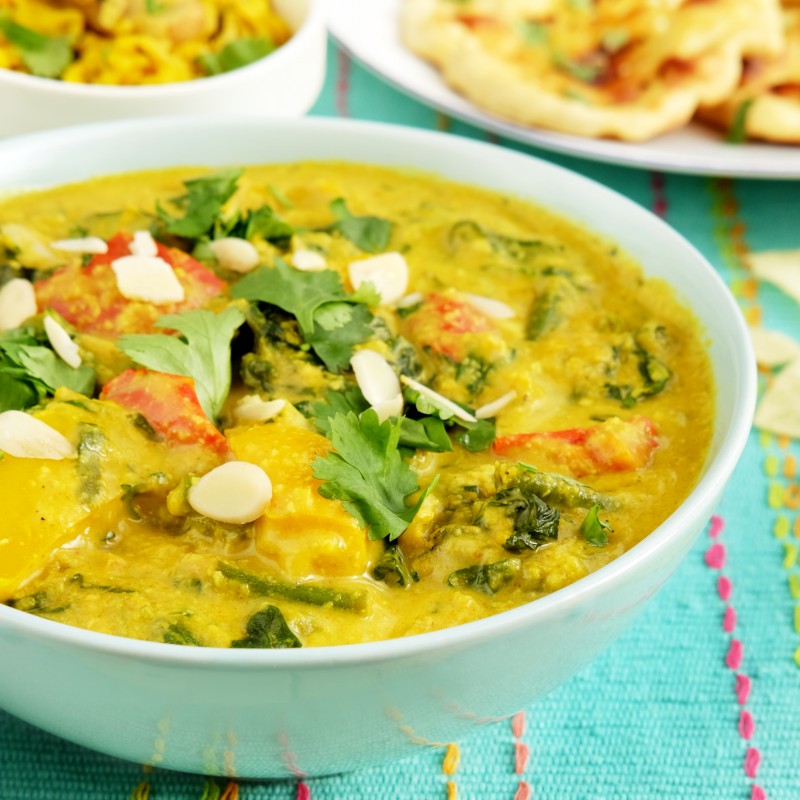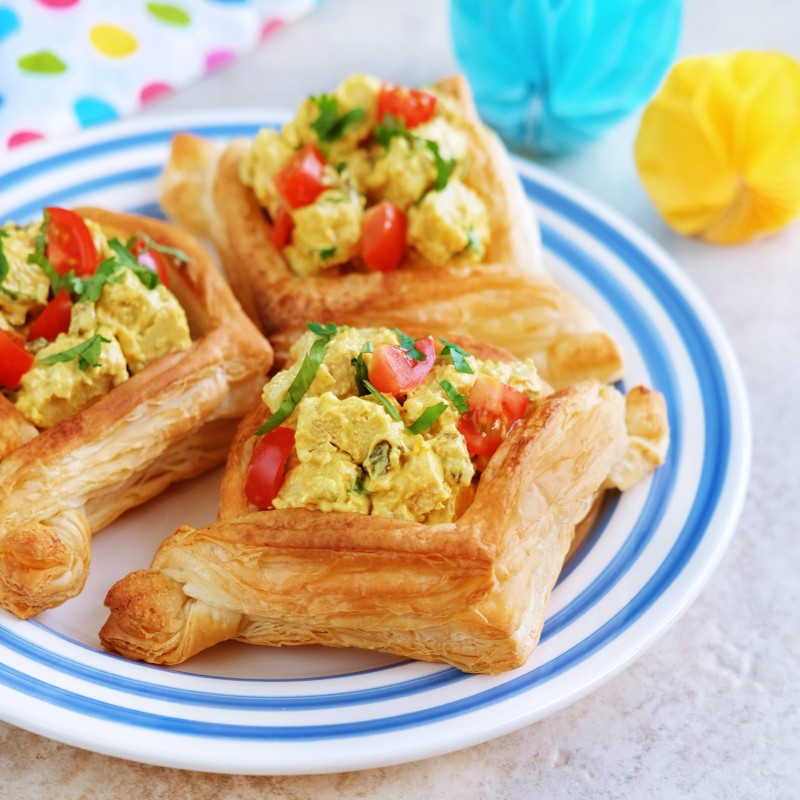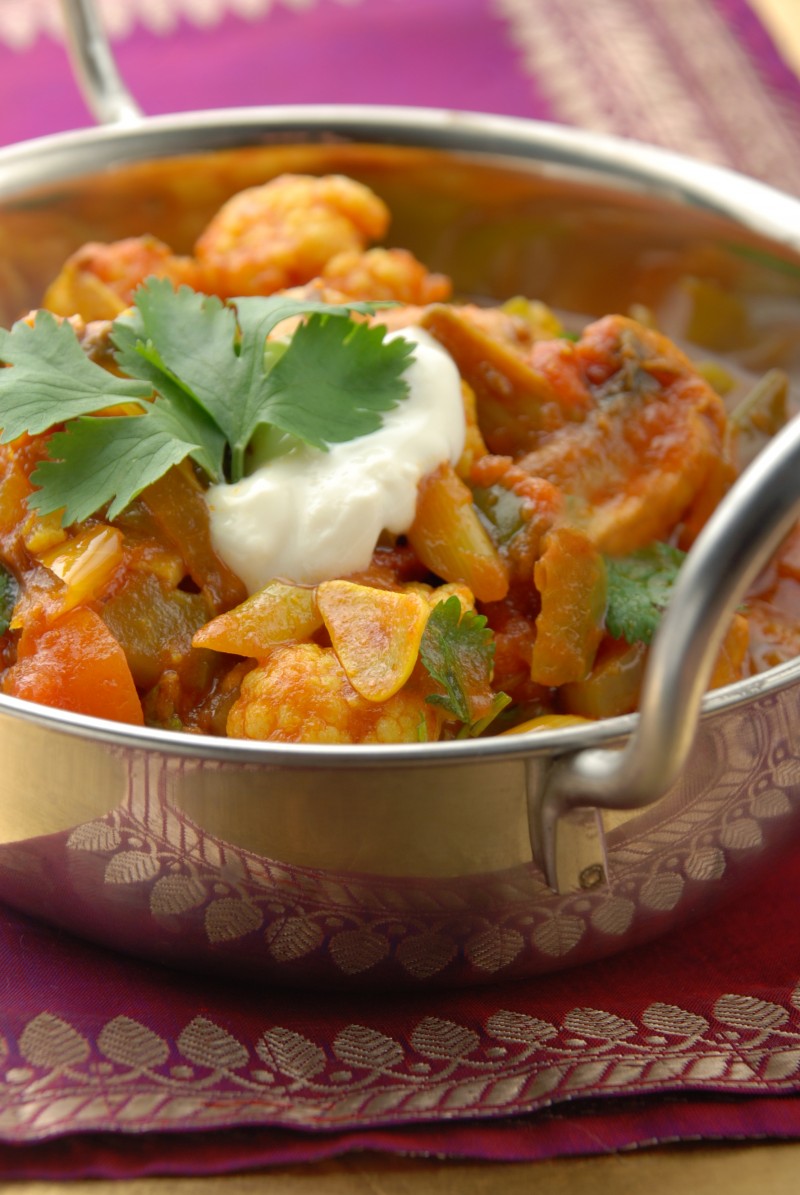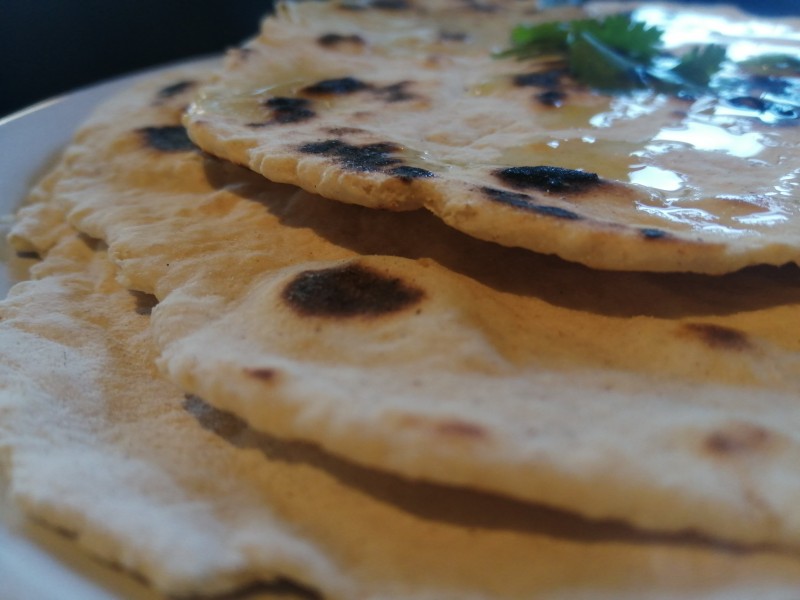
With National Curry Week next week (3–9 October 2022) we thought we’d share our tips and favourite recipes.
Curry. A simple noun that means something different to just about everyone. Rick Stein in one of his cookery programmes visiting India asked a broad range of people what they thought the definition of curry was. Each person had a different answer, which they were passionate about. I guess this is a reflection of how diverse curry can be.
The word curry comes from the Tamil 'kari', meaning sauce. These are typically flavoured with ground spices. The origins of curry are thought to be India, but now enjoyed across the world.
Closer to home a quick Google search puts tikka masala as the national dish in England. Other surveys suggest different dishes. Either way all across the UK we seem to love the spicy flavourful, culinary experience that is collectively known as a curry.
My first experience of what could loosely be called a curry was as a child in the 1970s: 1 tsp of generic curry powder added to a stew. Add a few raisins, and serve with rice and slices of banana on the top. It was not until I was in my 20s that I first tried a curry dish at a restaurant. What a difference to the ones I had as a child!
Move forward to 2022 and just about every café, pub, takeaway, canteen, supermarket, restaurant – irrespective of its style – offers a curry option. It's even a pizza topping. It seems we can’t get enough of the stuff.

How to make a good curry
The key to a good curry is the combination of onions, ginger, garlic and spices. Not all curries have the same base. However for many, onions are the key. Either way consider who you are making your curry for and cater accordingly. If spices are something that may be unfamiliar go for a korma or something mild and serve with accompaniments giving choices for the diner. Alternatively, if you are unsure how well the curry may be received do a mini version and a taste testing first. For others, lots of spice will be the norm. Cater accordingly.
Top tips

A couple of recipes to get you started
I made this with a group of catering students last week and again yesterday with a group of adults who claimed they could not cook. Both versions were delicious. Try adding frozen spinach and/or sweet potato to the recipe. This will not only add colour, but also nutritional value.
Another popular choice across the UK. Mild and creamy.
The whole package
Commonly a curry would be a combination of dishes: the main, a dhal, bread or rice, and chutney. Yes, sometimes chips, too.
Making a dhal
Dhal is a lentil-based dish. Easy to make, cheap and nutritious. Almost a soup, really. Again, start with an onion, followed by lots of garlic and a few curry spices. Add stock and lentils. Some chefs recommend a specific pulse but, in my experience, red lentils work well. Bring to the boil then simmer until thoroughly cooked. For a smoother dhal use a stick blender. Season well.
This recipe includes a tarka, a spicy dressing to swirl on the top of your dhal.
Rice
If you struggle cooking rice, and I’ve met many that do, my best advice is to use easy cook rice. Specifically designed not to stick. My other advice is to follow the cooking instructions on the packet. Each rice variety is different and will need to be cooked slightly differently. I know this is obvious advice, but it works. Try adding a spoonful of turmeric to the water. This will create a colourful rice. You may also want to add additional ingredients to the cooked rice such a fried onion, spices, chopped nuts and fresh herbs.
Breads
We have a really easy flat bread recipe if you fancy having a go at making your own. If you do have a go, give your pan a quick wipe in between cooking each bread. Sometimes flour can build up in the pan and start to burn leaving a bitter taste on the subsequent bread you cook.

Chutney
Why not have a go at creating your own? A simple combination of onion, spices, vegetables and fruits, vinegar and sugar. Easy really.
Still feeling spicy?
Have a quick look at our recipe database for all sorts of spice inspired recipes including a vegan version of coronation chicken, spicy pea fritters, biryani, aloo tikka and many more delicious ideas.
Categories:
Recipes